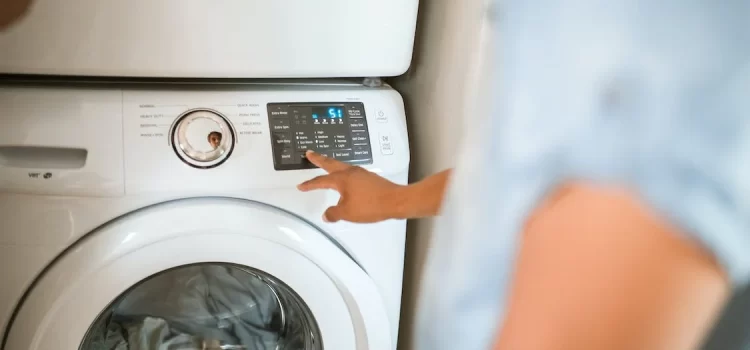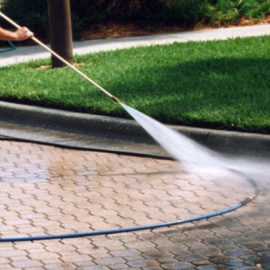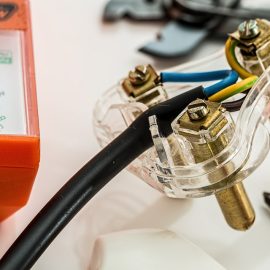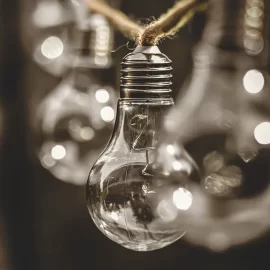
3 Steps to Connect a Washing Machine
Contents
– Step 1: Connect the washing machine to the water supply
– If your facility does not have a water supply tap
– Step 2: Connect the washing machine to the drain
– If your facility does not have a drain for the washing machine
– Step 3: Connect the washing machine to the power supply
Generally, a washing machine is installed and connected in a room with a water supply tap, a drain pipe, and an electrical outlet.
However, some rooms may not be equipped to connect a washing machine, so you can do the installation yourself and connect your washing machine wherever you like.
First, you need to connect the washing machine to the water supply pipe via a tap and drain.
1. Connect the washing machine to the water supply
If your installation already has a cold water supply tap, you can quickly connect the washing machine. Connect the end of the washing machine’s water supply hose to the opening of the water supply tap.
The connection is made by screwing the washing machine’s supply hose onto the faucet after interposing a fiber seal (usually integrated into the hose).
Open the tap to check that the connection is not leaking. If the connection is leaking, you can coat the thread of the faucet with silicone grease to improve the seal.
If your installation does not have a water supply tap
If your installation does not have a faucet connected to the water supply pipes, install a self-drilling faucet; this type of faucet will save you from cutting and dismantling the pipes.
Choose a 1/4 turn valve.

Note: the 1/4 turn valve will not prevent water from flowing when the valve is tightened. It is best to turn off the water supply before starting.
This type of self-drilling valve is designed to fit copper pipes with an outside diameter of 10 to 16 mm. Use a shim for pipes with an outside diameter of 10 or 12 mm.
– Turn off the water supply (water may leak out when tightening the self-drilling valve on the pipe).
– Loosen the pipe clamps and move the pipe away from the wall.
– Determine where you will install the flange of the self-drilling valve and clean the area with steel wool.
– Unscrew the valve from its flange and remove the flange.
– Place the flange in the location you have previously selected and cleaned. Secure the flange screws.
– Screw the self-drilling valve into the flange until you pierce the pipe. The valve is now in the closed position.
– Hold the valve in a vertical position, and tighten the lock nut with a wrench. The valve should be completely fixed.
– Screw the end of the washing machine supply hose onto the thread of the self-drilling valve.
– Open the tap and check the installation for leaks.
Important: Never connect your washing machine to a hot water pipe! To distinguish between hot and cold water pipes, open the taps they supply: the hot water pipe will become warm to the touch.
2. Connect the washing machine to the drain
The drain pipe is usually made of PVC and has an elbow that acts as a siphon.
– Connect the washing machine’s drain hose to the general drain.
– The washing machine drain hose should not be inserted too far into the main drain to avoid backflow.
– It should still be inserted far enough into the main drain (PVC pipe), so the water pressure will not blow it out.
– Some washing machine drains are equipped with plastic half-circle pieces to ensure a stable and kink-free bend at the PVC pipe inlet. If you have this part, use it.
If your installation does not have a drain for the washing machine
It is possible that your home’s drainage system does not have a drain for your washing machine. However, you can easily remedy this by fitting a PVC drain trap (usually 40 mm in diameter) by gluing it in place.
Proceed as follows:
– Apply special PVC glue to the drain outlet and the end of the PVC trap.
– Then quickly fit them together.
3. Connect the washing machine to the power supply
Now, you must connect the washing machine to the power supply.
– The washing machine must be connected to a waterproof grounded outlet located at least 1 meter from the water supply. This socket must be protected by a fuse of at least 16 A.
– It is preferable to reserve an earth connection for the washing machine.
– For safety reasons, do not use an extension cord.
Equipment for connecting a washing machine
Adjustable wrench
Fiber seal
Self-drilling or self-drilling tap kit



